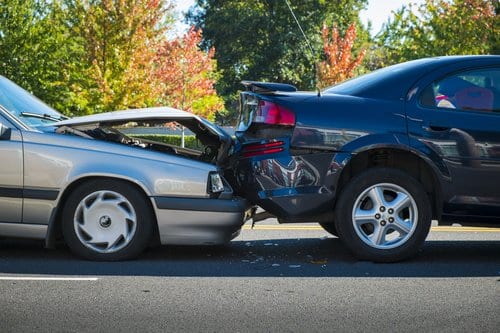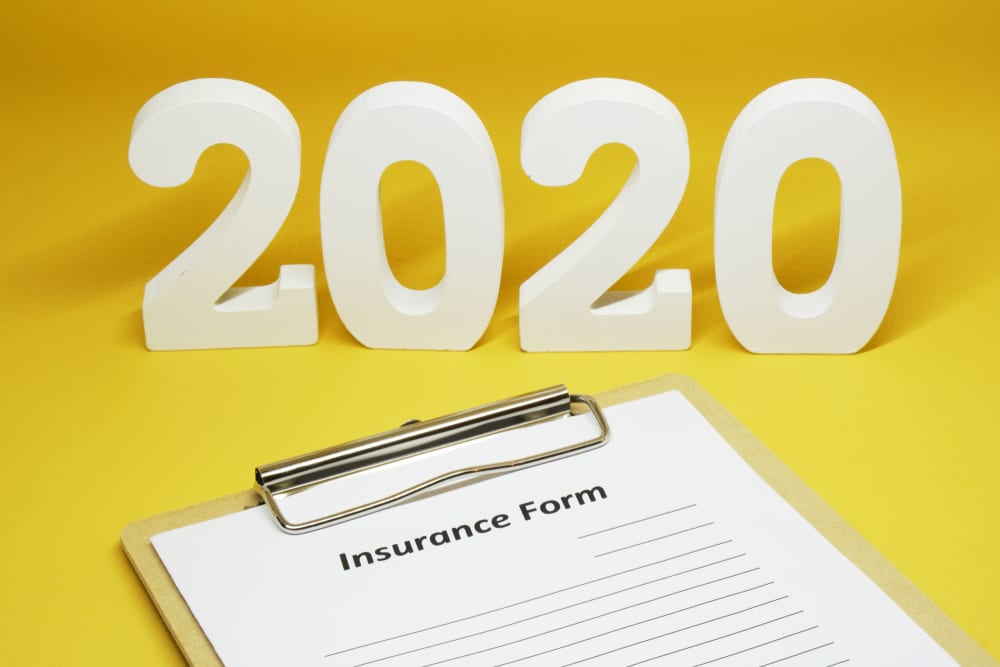Tips for Proving Your PIP Case


The old saying goes “A picture is worth a thousand words”. This phrase is especially relevant when it comes to a first party No Fault (PIP) case. When a claimant is injured in automobile accident, the Michigan No Fault Statute requires reasonable proof to obtain benefits such as payment for medical expenses, household services, attendant care, wage loss, and medical mileage. The questions becomes what is reasonable proof?
Reasonable proof can vary and is case by case. However, as expected the more proof you have the better. Below are ideas of what you can submit to insurance companies, both before and after litigation, to help obtain your benefits in a timely manner:
Medical Expenses:
- Itemized Statement
- Medical Records showing relation to the motor vehicle accident
Household Replacement Services
- Disability Certificates from treating physician
- Medical records showing relation to the motor vehicle accident
- Itemized forms signed by the service provider indicating which services were performed on which dates
Attendant Care
- Disability Certificates from treating physician
- Medical records showing relation to the motor vehicle accident
- Itemized forms signed by the service provider indicating which services were performed on which dates
Wage Loss
- Disability Certificates from treating physicians
- Pay stubs for 3-12 months before the motor vehicle accident
- Tax records corroborating the pay stubs
Medical Mileage
- Mileage forms indicating the number of miles traveled on each date
- Copies of medical records to show that you had an appointment on each given date
Of course, it is not always easy to provide all of the above recommendations. In fact, there is an argument that they are not always necessary to prove your case once you are in litigation. In fact, the Michigan Court of Appeals held in Fortier v. Aetna Cas & Surey Co., 131 Mich App 784, 346 NW2d 874 (1984), that a Plaintiff may recover for replacement services without presenting formal documentation. That is to say that once a claim is in litigation, the Plaintiff’s testimony suffices as enough evidence to make a claim. However, the question becomes if testimony will be enough to convince a jury that the Plaintiff needed such services.
In conclusion, the more the better. When you are injured in a car accident you want to make sure to gather as much evidence as possible, because if you have to go in front of a jury, you want to be able to prove your damage and obtain your rights. What you can show is much more effective than what you can say. Hence, a picture is truly worth a thousand words.
The above information is not intended to be used as legal advice. The best thing to do is call our office and schedule a free consultation with me so that you can receive advice which is tailored to your unique financial circumstances.
-Ali A. Ajrouch
308




